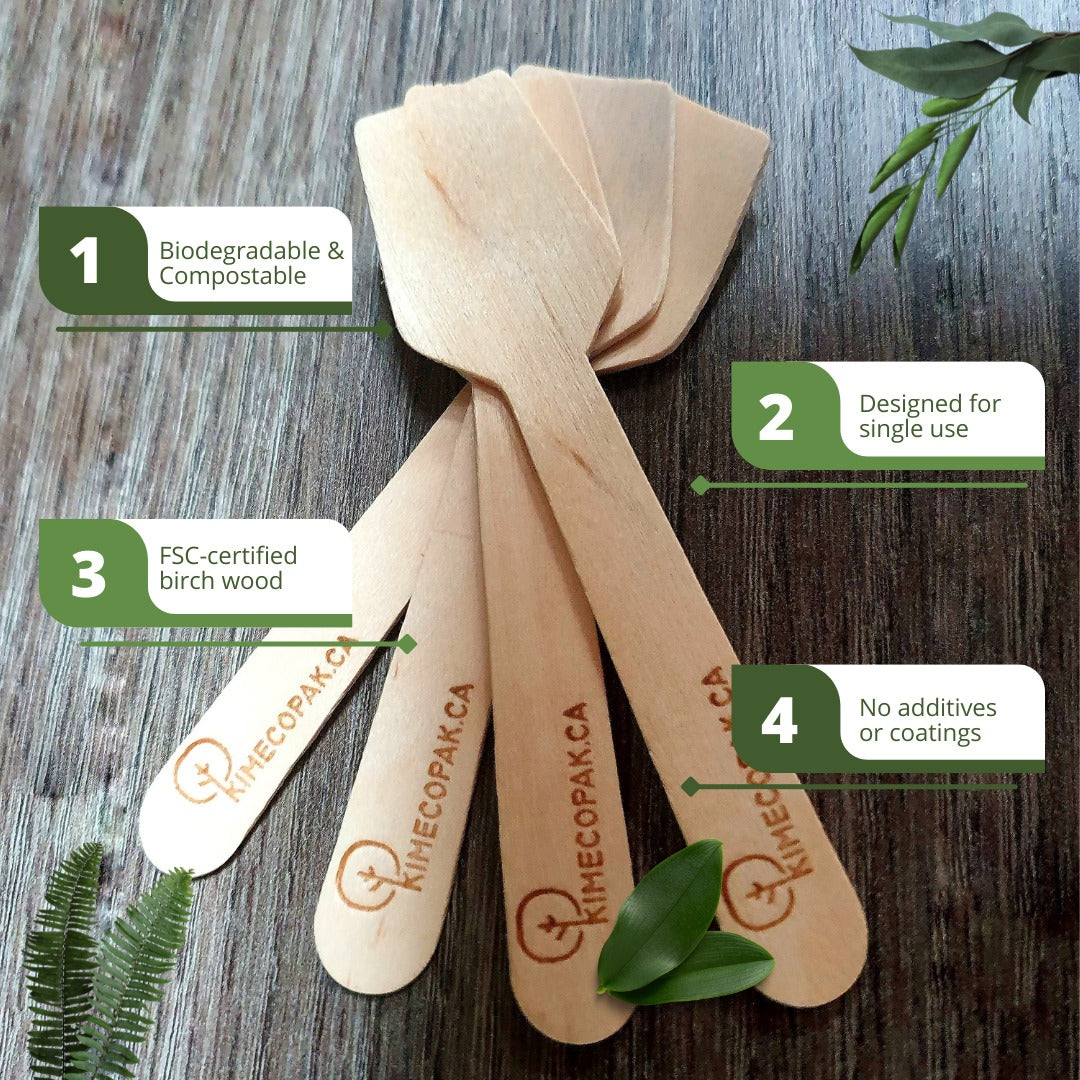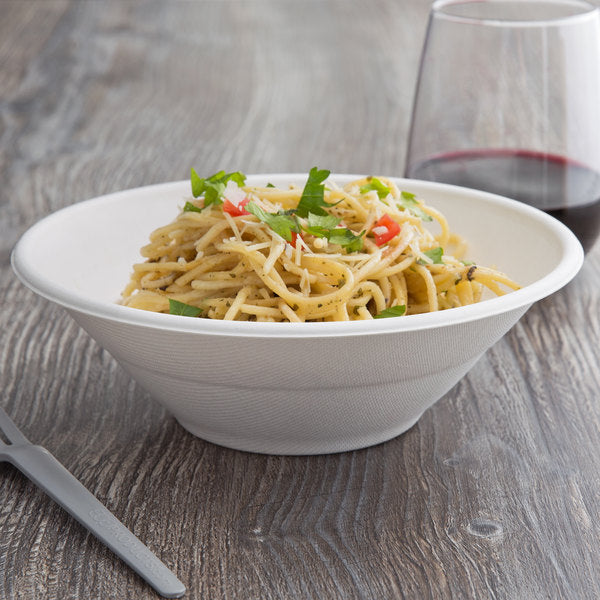Baking often relies on butter to provide moisture, flavor, and structure to baked goods. However, whether due to dietary restrictions, health concerns, or simply running out of butter, you might need butter substitutes. This guide will explore various alternatives to butter in baking, explaining their properties, replacement ratios, benefits, and best uses.
Purpose Of Butter In Baking
Butter serves several crucial functions in baking:
- Moisture: Butter adds moisture to baked goods, helping to create a tender crumb.
- Flavor: It imparts a rich, creamy taste.
- Texture: Butter contributes to the structure and leavening of baked goods, helping them rise and creating flakiness in pastries.
- Color: It adds a golden hue to baked products.

Why Does Someone Not Want To Put Butter in Their Food?
Replacing butter in recipes can be motivated by various reasons related to health, dietary restrictions, and culinary preferences. Here are some common reasons:
Health Concerns
- Lower Saturated Fat: Butter is high in saturated fat, which can raise LDL (bad) cholesterol levels. Replacing butter with options lower in saturated fat, such as olive oil or avocado, can help reduce the risk of heart disease.
- Calorie Control: Butter is calorie-dense. Alternatives like applesauce or Greek yogurt can lower the overall calorie content of a dish, aiding in weight management.
- Cholesterol-Free: Plant-based butter substitutes, like margarine or nut butters, contain no cholesterol, making them a better option for those managing cholesterol levels.
Dietary Restrictions
- Lactose Intolerance: Butter contains lactose, which some people cannot digest properly. Dairy-free alternatives such as coconut oil or lactose-free margarines are suitable replacements.
- Vegan Diets: Vegans avoid all animal products, including butter. Vegan substitutes include plant-based margarines, coconut oil, and nut butters.
- Allergies: Some people may have allergies to dairy products, necessitating the use of non-dairy substitutes like soy-based spreads or olive oil.
Culinary Preferences and Needs
- Flavor Profiles: Different fats can impart unique flavors to dishes. For example, coconut oil adds a slight coconut flavor, while olive oil brings a fruity, robust taste.
- Texture Adjustments: Certain recipes might benefit from the texture provided by alternatives. For instance, applesauce can add moisture and tenderness to baked goods.
- Shelf Stability: Some butter alternatives, like vegetable oils, have a longer shelf life and are more stable at room temperature compared to butter.
- Cultural Preferences: Different cuisines may traditionally use fats other than butter, such as ghee in Indian cooking or lard in some Latin American dishes.
What Are Butter Substitutes for Baking?
There are many substitutes for butter in baking, each with its unique properties and benefits.
Margarine - Alternative For Butter
- Properties: Similar to butter in texture and water content.
- Replacement Ratio: 1:1 ratio for butter.
- Benefits: Often contains less saturated fat and can be a dairy-free option.
- Best Uses: Cookies, cakes, and pastries where a similar texture to butter is desired.
Shortening
- Properties: 100% fat, unlike butter, which is 80% fat and 20% water.
- Replacement Ratio: 1:1 ratio for butter.
- Benefits: Creates a tender, flaky texture and has a higher melting point.
- Best Uses: Pie crusts, biscuits, and cookies for a flaky texture.
Olive Oil & Vegetable Oil
- Properties: Liquid at room temperature, with distinct flavor profiles.
- Replacement Ratio: Use 3/4 cup of oil for every 1 cup of butter.
- Benefits: Healthier fats, suitable for heart-healthy diets.
- Best Uses: Cakes, muffins, and quick breads for moisture and tenderness.

Coconut Oil
- Properties: Solid at room temperature, melts easily.
- Replacement Ratio: 1:1 ratio for butter.
- Benefits: Adds a subtle coconut flavor and contains healthy fats.
- Best Uses: Vegan and tropical-flavored baked goods, cookies, and cakes.
Pumpkin Purée
- Properties: Moist and dense.
- Replacement Ratio: Use 3/4 cup of pumpkin purée for every 1 cup of butter.
- Benefits: Adds moisture, fiber, and a subtle pumpkin flavor.
- Best Uses: Muffins, cakes, and quick breads for added moisture and flavor.

Applesauce
- Properties: Moist and slightly sweet.
- Replacement Ratio: Use 1:1 ratio for butter.
- Benefits: Reduces fat and calories, adds natural sweetness and moisture.
- Best Uses: Cakes, muffins, and brownies for a healthier option.
Greek Yogurt
- Properties: Creamy and tangy.
- Replacement Ratio: Use 1/2 cup of Greek yogurt for every 1 cup of butter.
- Benefits: Adds protein, moisture, and tangy flavor.
- Best Uses: Cakes, muffins, and quick breads for a moist texture.

Bananas
- Properties: Moist and dense.
- Replacement Ratio: Use 1/2 cup of mashed bananas for every 1 cup of butter.
- Benefits: Adds natural sweetness, moisture, and reduces fat.
- Best Uses: Quick breads, muffins, and cakes for a banana flavor and moist texture.
Plant-Based Butter
- Properties: Similar to butter in texture and flavor.
- Replacement Ratio: 1:1 ratio for butter.
- Benefits: Suitable for vegans and those with dairy allergies.
- Best Uses: Any recipe calling for butter, particularly in vegan baking.
Avocado Oil
- Properties: Liquid at room temperature, neutral flavor.
- Replacement Ratio: Use 3/4 cup of avocado oil for every 1 cup of butter.
- Benefits: Contains healthy fats and is heart-healthy.
- Best Uses: Cakes, muffins, and quick breads for added moisture.
Mayonnaise
- Properties: Creamy and tangy.
- Replacement Ratio: Use 1/2 cup of mayonnaise for every 1 cup of butter.
- Benefits: Adds moisture and tangy flavor.
- Best Uses: Cakes, particularly chocolate cake, for a moist texture.
Ghee
- Properties: Clarified butter with a nutty flavor.
- Replacement Ratio: 1:1 ratio for butter.
- Benefits: High smoke point, lactose-free.
- Best Uses: Cookies, cakes, and pastries for a rich flavor.
Nut Butter
- Properties: Dense and nutty.
- Replacement Ratio: Use 1:1 ratio for butter.
- Benefits: Adds protein, healthy fats, and a nutty flavor.
- Best Uses: Cookies, brownies, and quick breads for a nutty taste.
Cheese
- Properties: Moist and tangy.
- Replacement Ratio: Varies by type (cream cheese or ricotta).
- Benefits: Adds moisture, tang, and richness.
- Best Uses: Cheesecakes, muffins, and cakes for a creamy texture.
Hummus
- Properties: Moist and creamy.
- Replacement Ratio: Use 1:1 ratio for butter.
- Benefits: Adds protein and fiber, reduces fat and calories.
- Best Uses: Brownies and cakes for added moisture and a slight savory flavor.
FAQs
Can I Use Butter Instead Of Vegetable Oil?
Yes, you can use butter instead of vegetable oil. Use a 1:1 ratio but note that butter adds a richer flavor and changes the texture slightly.
Can I Substitute Margarine For Butter In Cookies?
Yes, margarine can be substituted for butter in cookies at a 1:1 ratio. However, it may affect the texture and flavor slightly.
Conclusion
Understanding the properties and best uses of various butter substitutes can help you make healthier or more convenient choices in your baking. Whether you’re looking to reduce fat, add unique flavors, or accommodate dietary restrictions, there’s a substitute for butter that can fit your needs. Experiment with these alternatives to find the perfect match for your favorite recipes.







